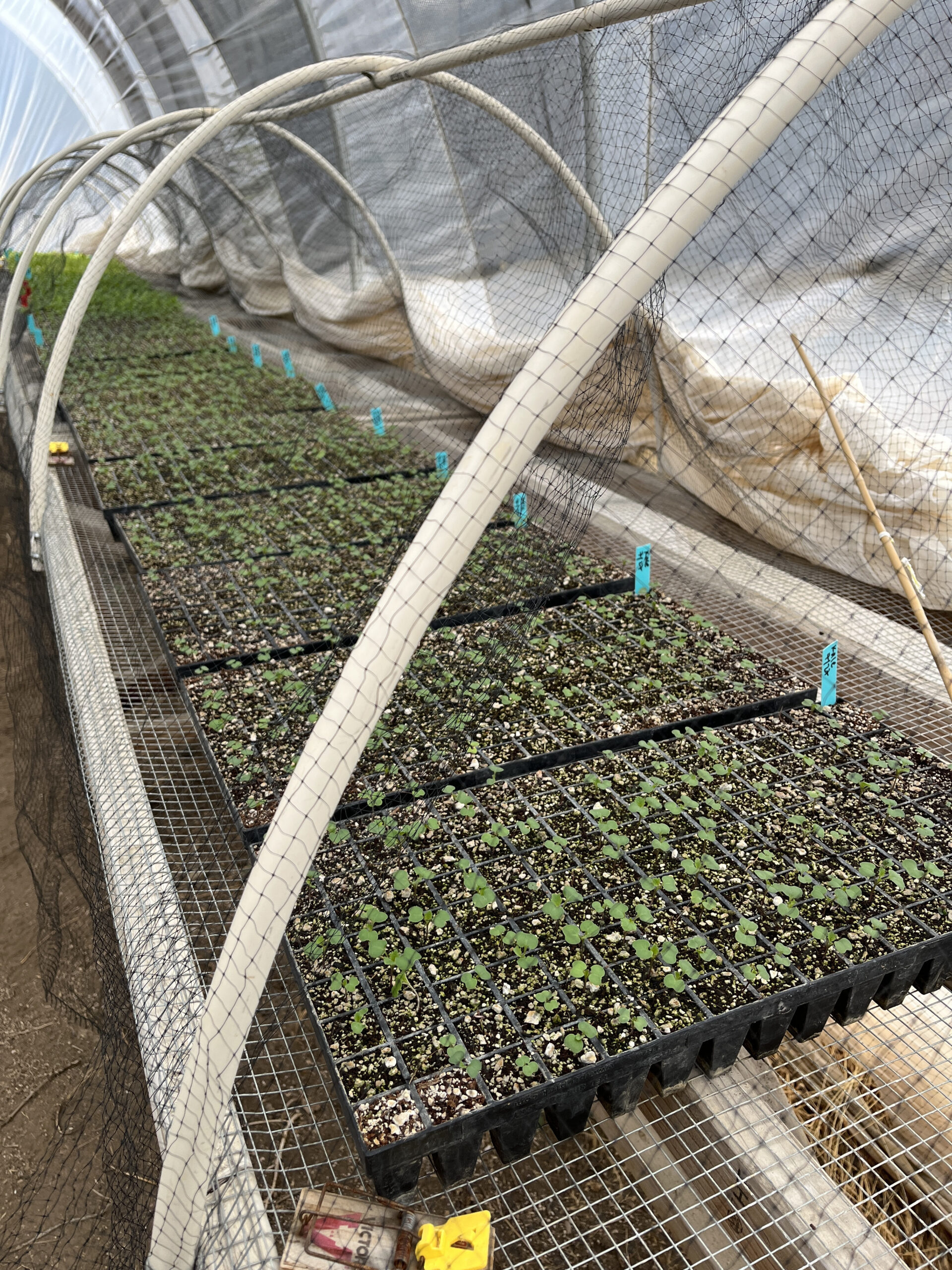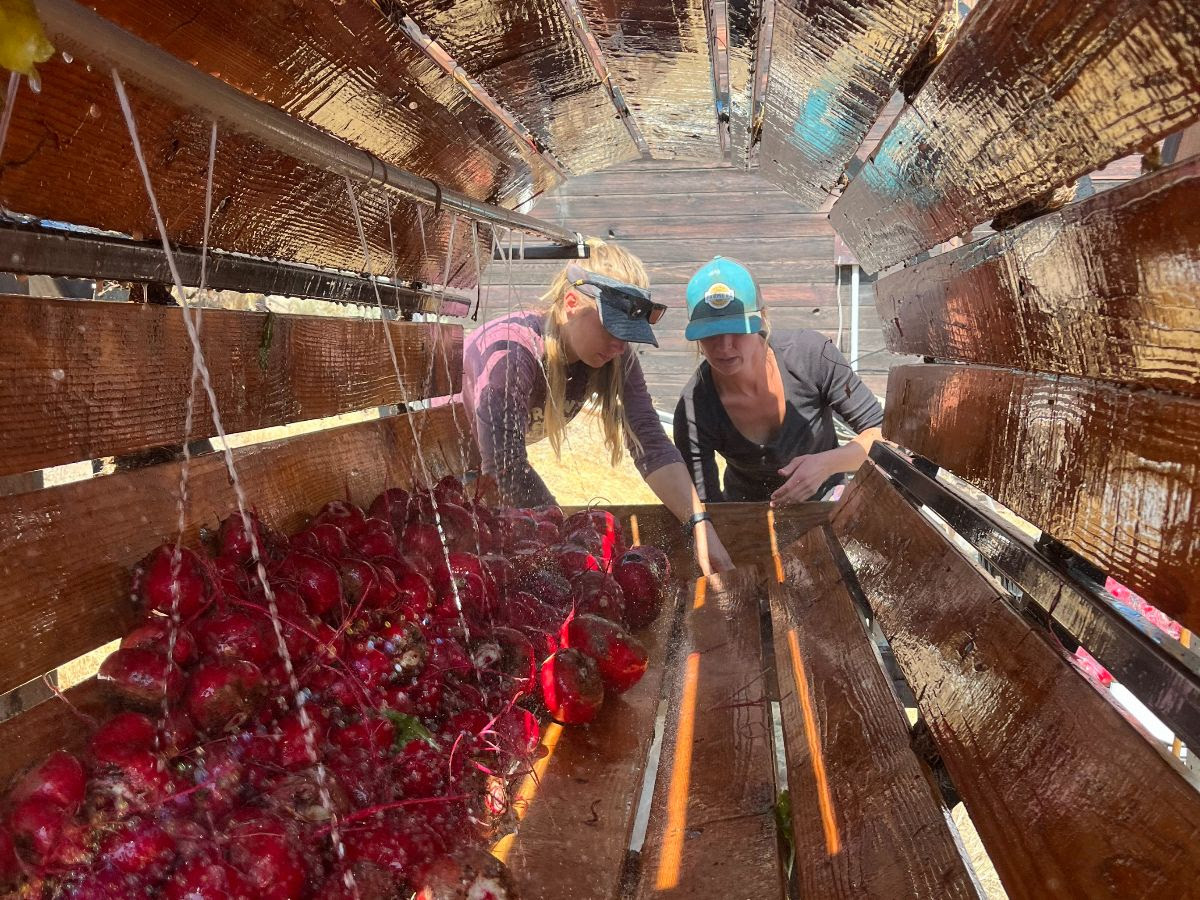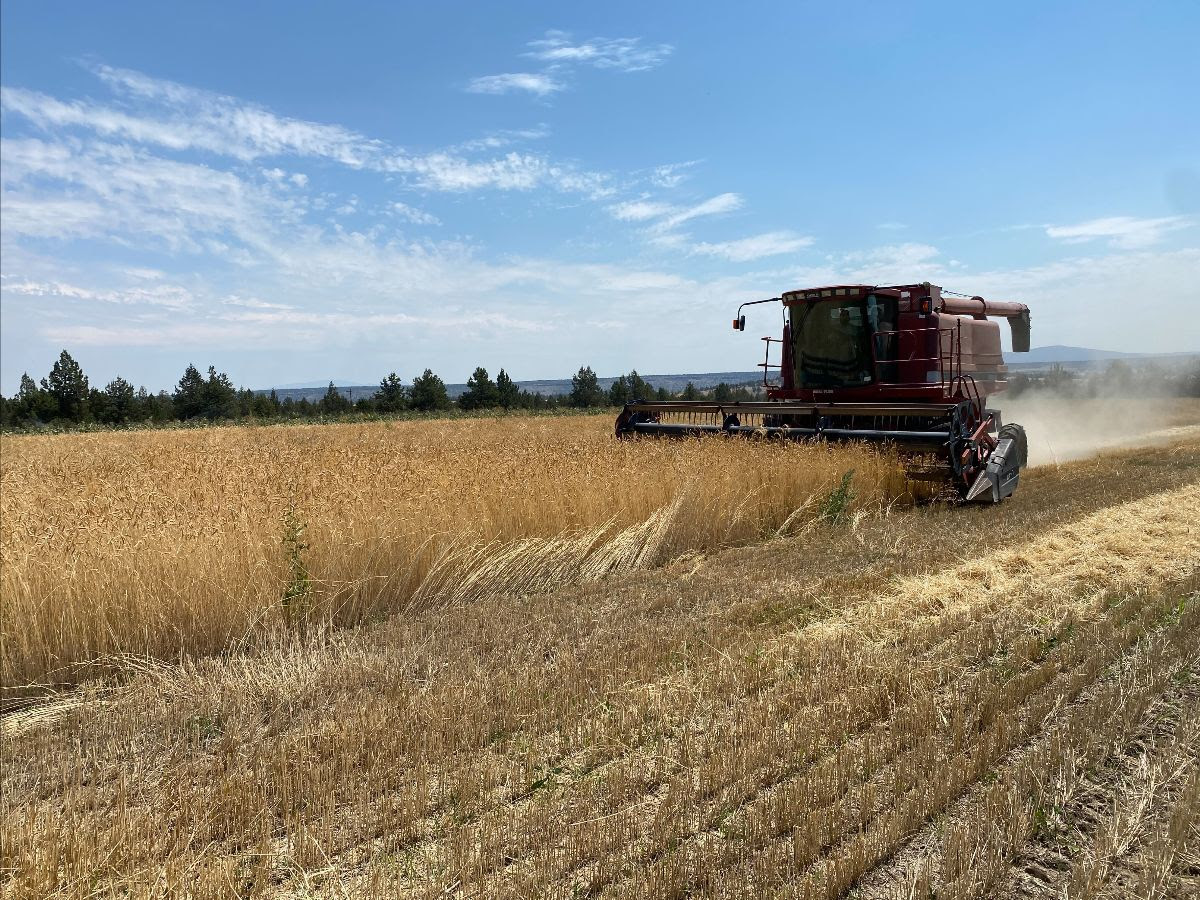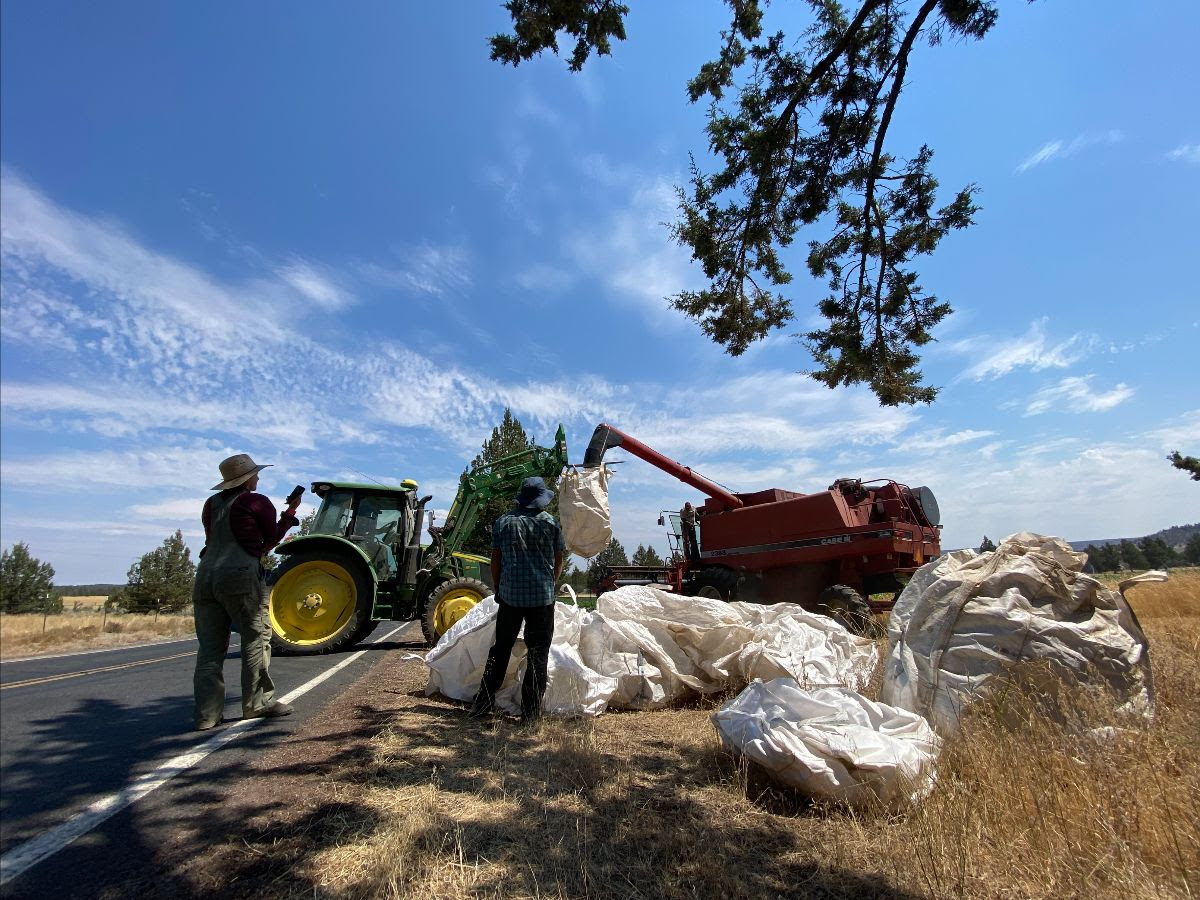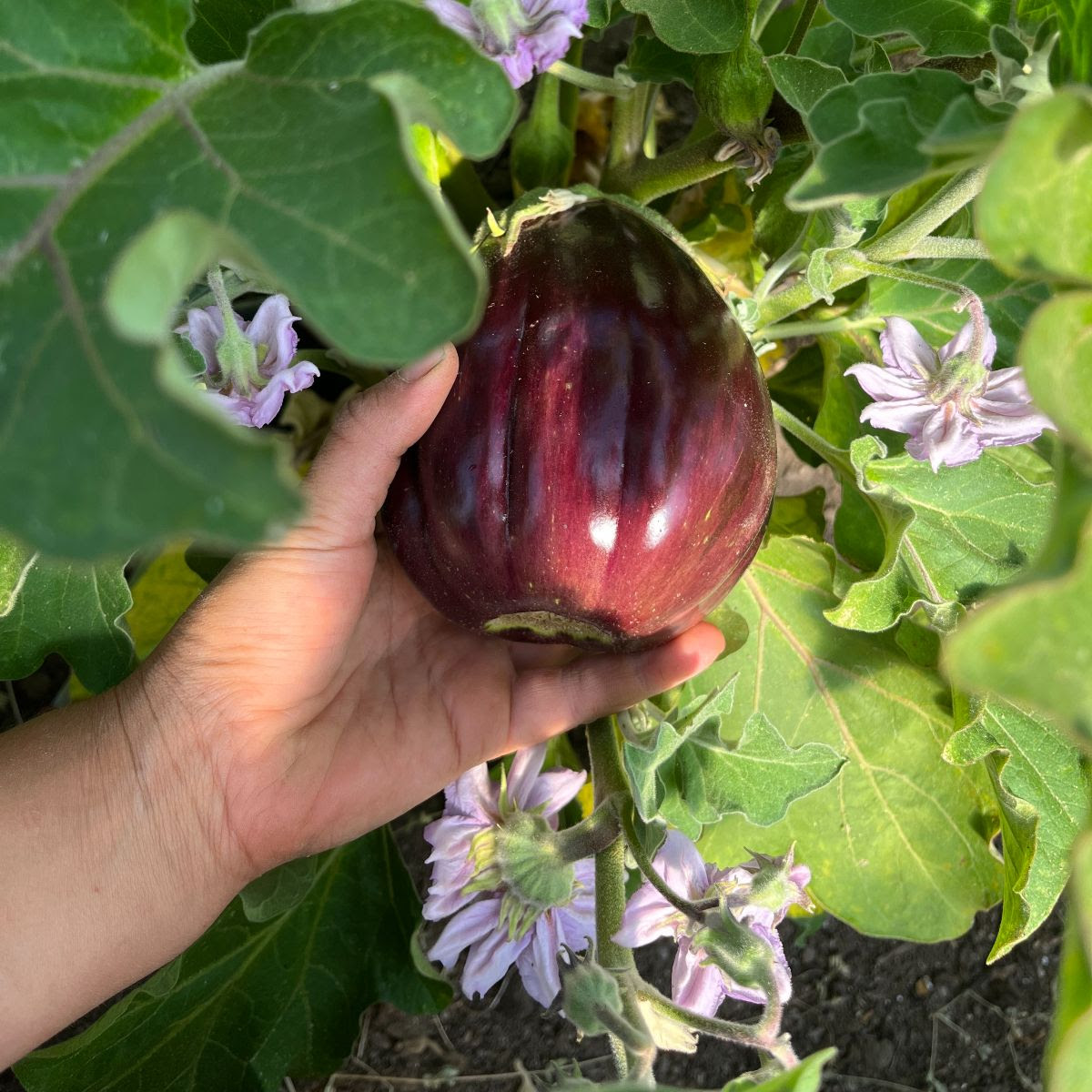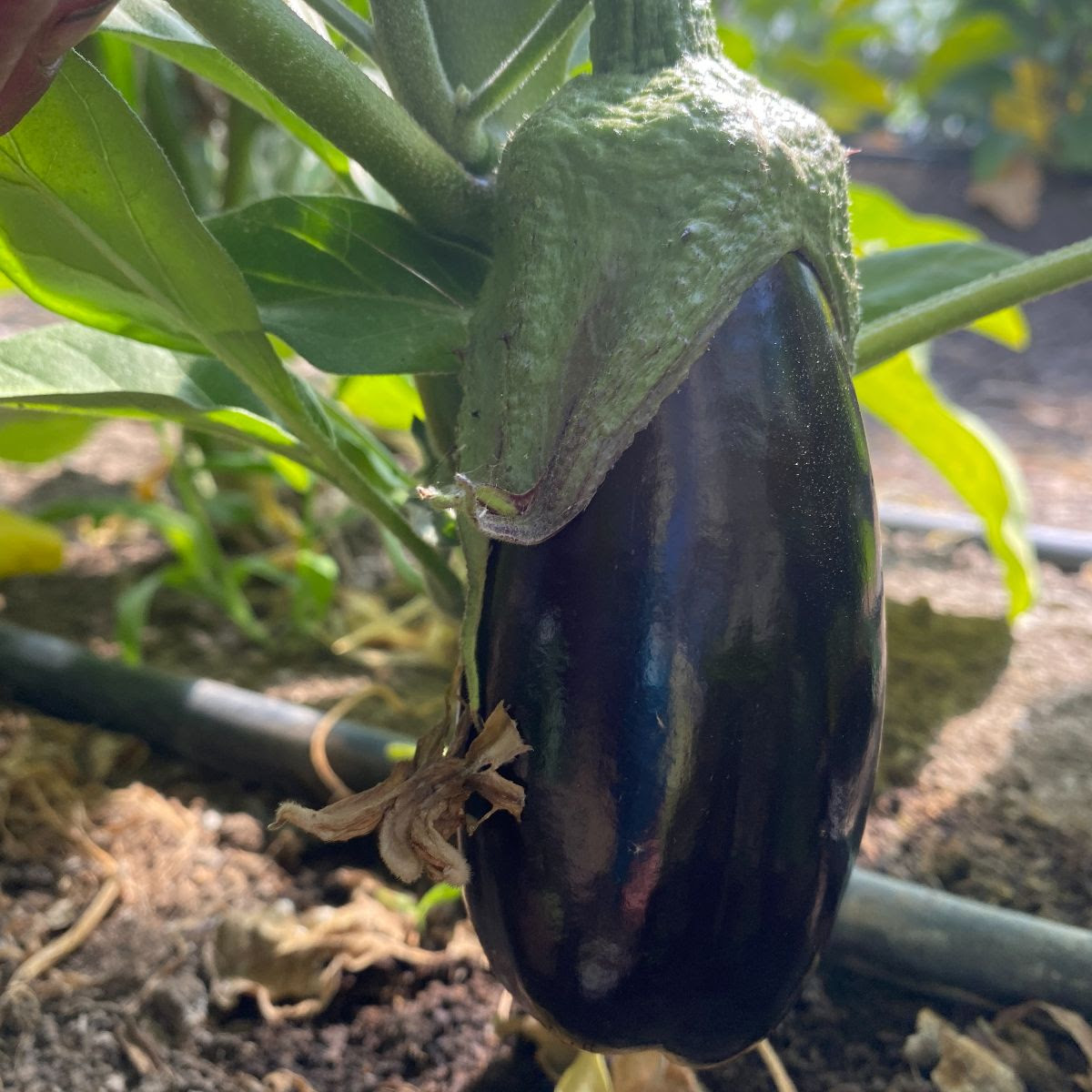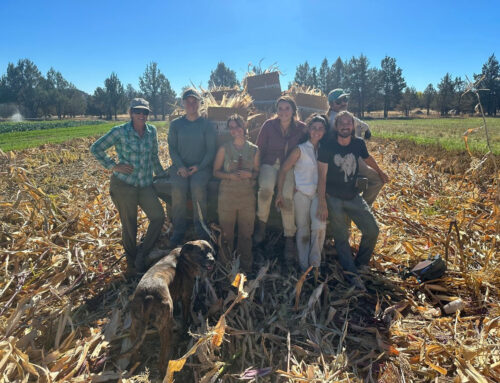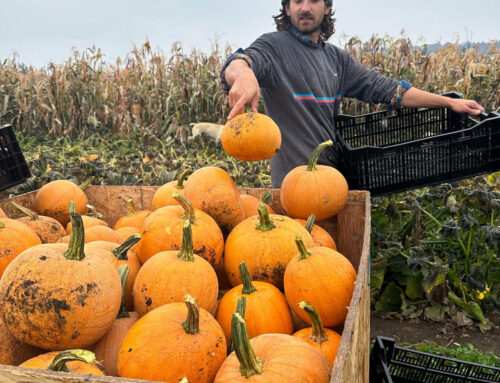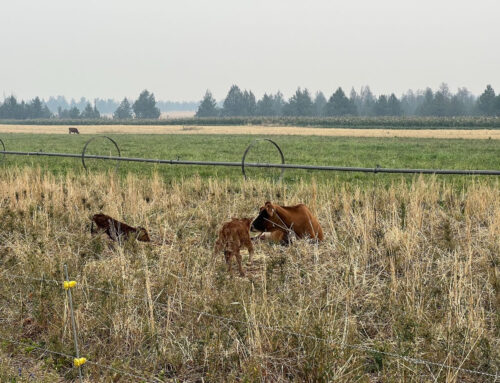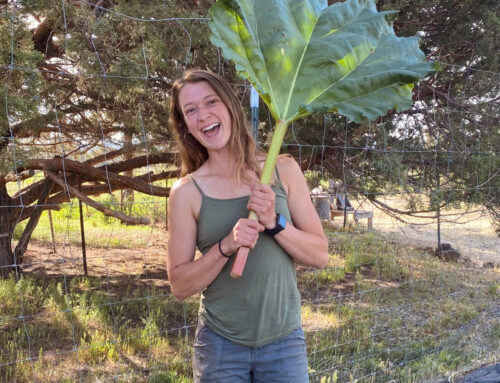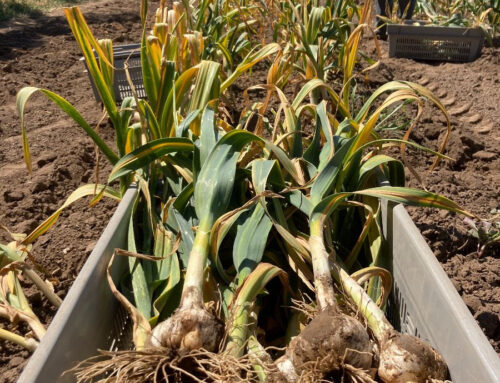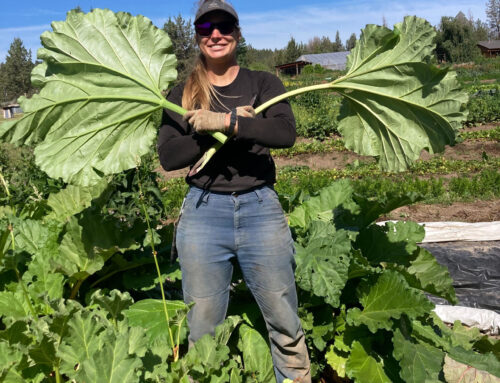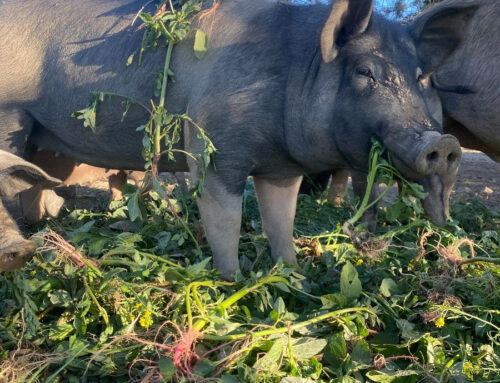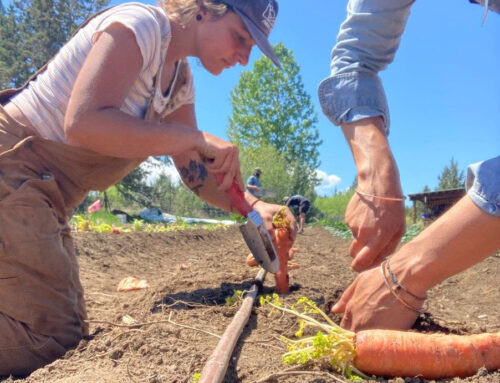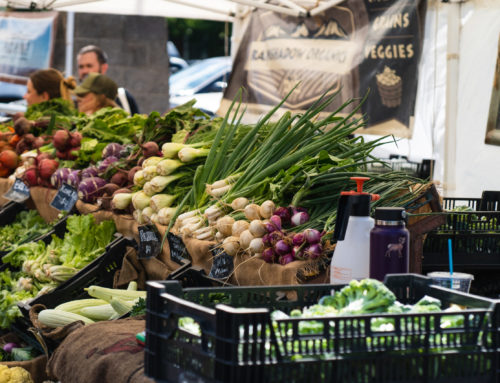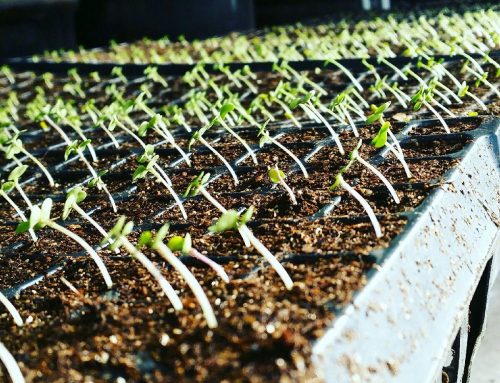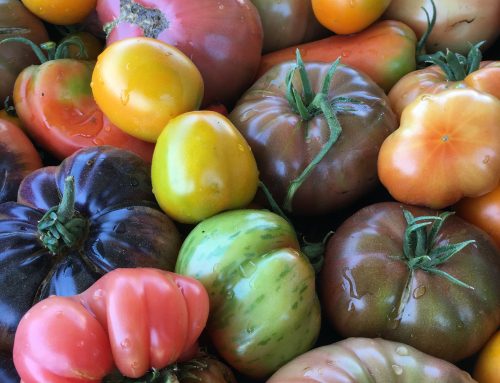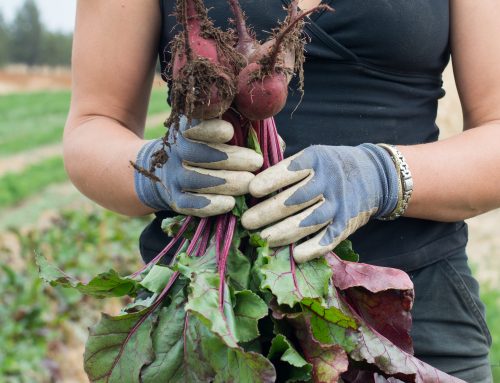| Serving Suggestions and Ideas from Mi Ae Lipe’s Bounty from the Box: The CSA Farm Cookbook
Complementary Herbs, Seasonings, and Foods
Aïoli, anchovies, bacon, balsamic vinegar, basil, béchamel sauce, bread- crumbs, capers, chard, cheese (feta, goat, Gruyère, Parmesan, mozzarella, ricotta), cream, cumin, garbanzos (chickpeas), garlic, ginger, ham, lamb, lemon, lentils, mint, miso, mushrooms, olive oil, olives, onions, oregano, parsley, peanut oil, peppers, pesto, pine nuts, potatoes, rice, rosemary, sesame, shallots, soy sauce, thyme, tomatoes, vinegar, walnut oil, wal- nuts, white beans, yogurt, zucchini.
Serving Suggestions
- Here’s a salty, savory, simpledish: Heat a preferred oil in a sauce pan until hot (peanut or vegetable are good choices). Add eggplant that has been cut into 1-inch chunks, and brown them on each side. Then add garlic, shallots, and tamari or soy sauce. Top with chopped green onions and serve hot or cold.
- Because of their substantial, rich texture, eggplants have been used as a meat substitute for centuries. Try using grilled, seasoned slices in sandwich- es, lasagna, and casseroles.
- Grill or broil eggplant slices and use them in combination with mush- rooms in sandwiches or other dishes.
- Top a pizza with strips of precooked eggplant, roasted sweet red peppers, and ripe tomatoes.
- Eggplants stuffed with crustaceans (such as shrimp, crab, and lobster) and combined with a cream sauce make a delicious, filling meal, rounded out with a green or tomato salad and good crusty bread.
- For a twist on a traditional dish, mash and whip eggplants the same way you’d prepare mashed potatoes.
- Baba ghanoush, that traditional Middle Eastern preparation of puréed, roasted eggplant, makes a delicious dip or sandwich filling. Combine the eggplant with garlic, tahini, lemon juice, sea salt, and olive oil.
- Add tender eggplant cubes to an Indian curry or Asian stir-fry.
- Hollow out eggplant “shells,” stuff them with ground meat and spices, and
- bake them in the oven.
- Create a delicious, hearty, vegetarian spaghetti sauce by steaming eggplant slices until tender; sautéing garlic, onion, and Italian-style stewed tomatoes; combining the eggplant with the tomato mixture and adding chopped fresh basil; and simmering on low heat for 20 minutes.
|
